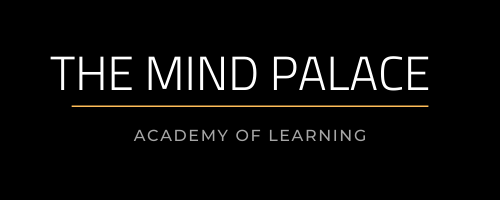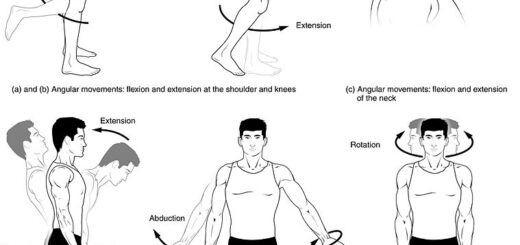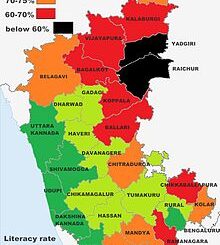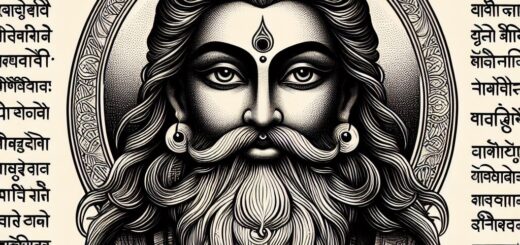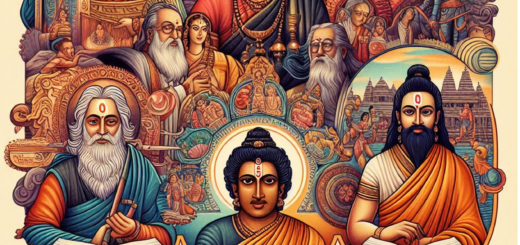FORCE


Summary
We often use the word force in our daily life. In science, the push or pull on an object is called force.
Example: The push exerted by a broom moves the trash.
The pull exerted by a horse moves the cart. Usually, a force arises due to the interaction between two objects. We cannot see force. However we. Can see or feel the effect of a force. A force is expressed by stating its direction and magnitude. The S.I unit of force is the newton(N).
EFFECTS OF FORCE.

1.A force can move a body originally at rest.
when a force is applied to a body originally at rest, the body begins to move. For example, a grass roller when pulled begins to move.
2.A Force can stop a moving body.
When a force is applied on a moving body in a direction opposite to the direction of motion of the
Body, it can be made to stop. For example:a moving bicycle is stopped by applying brakes.
3.A force can make a moving body to move faster or it can slow down down a moving body.
When a force is applied it can either move a body faster or it can slow down the moving body .
For example: a swing moves faster when we give a push to it. The speed of a vehicle is slowed by applying brakes.
4.A Force can change the direction of motion of a moving body
If a force is applied on a moving body in a direction other than its direction of motion, the direction of motion
Of the body changes.For example a player applies force with a hockey stick to change the direction of the ball.
5.A force can change the shape or size of a body
When a force is applied on a body the shape or size of the body changes. For example: by hammering a small piece of silver sheet, a big thin foil is made.
KINDS OF FORCES.
Depending upon the application of forces ,they are categorized into
1.Contact forces: the force which acts on a body by making an actual contact.
Example :Frictional force , muscular force,force of tension,normal reaction force etc.
2.Non Contact forces : forces acting on bodies with no contact with them.
- Example : Gravitational force,electrostatic force , magnetic force etc.
- A force does not change the mass of the body on which it is applied .
- two forces acting on a body in the same direction get added to give the resultant force.
- two fores acting on a body in opposite direction get subtracted to give the resultant force.
BALANCED AND UNBALANCED FORCES
Balanced force:if two forces act on a body in opposite direction and if both the forces are equal ,then the resultant force acting on a body is zero .such forces are called balanced forces.balanced forces cannot change the state of rest or motion of a body.
Here F1=F2
Unbalanced Forces:
if two forces act on a body in opposite direction and if one force is greater than the other, then the resultant force is not equal to zero .such forces are called unbalanced forces .unbalanced forces change the state of rest or motion of a body.
here F1>F2
LAWS OF MOTION
Galileo said that objects move with constant speed when no forces act on them but practically it is not possible for any object .NEWTON studied the ideas of of Galileo and gave three laws of motion these laws are known as newtons laws of motion.
NEWTONS FIRST LAW OF MOTION
states that “An object remains in a state of rest or in uniform motion in sa straight line unless compelled to change that state by an applied force”
INERTIA :the natural tendency of objects to remain in a state of rest or uniform motion is called inertia. The property of inertia is because of the mass of the body.the greater the mass ,the greater is the inertia of body.thus mass is a measure of inertia.
Examples:when a train suddenly starts moving forward , the passenger standing in the compartment tends to fall backwards.
- When a hanging carpet is beaten with a stick , the dust particles start falling out of it.
- on shaking the branches of a tree ,the fruits fall down.
NEWTONS SECOND LAW
states that “the rate of change of momentum of an object is proportional to the applied force in the direction of the force”.F=ma
Momentum: The momentum of a body is the product of its mass and velocity .
Momentum =Mass Xvelocity
p=mv where p =momentum of a body
m= mass of the body
v=velocity of the body.
- EXAMPLES: While catching the ball the cricketer withdraws his hands along with the ball
- athletes often lands on sand after taking a high jump
- when the glass vessels fall on a hard floor,they break but they do not break when they fall on a carpet .
NEWTONS THIRD LAW OF MOTION
States that “to every action there is an equal and opposite reaction and they act on two different bodies”
EXAMPLES : Firing a bullet from gun,*motion of a boat moving away from the shore rocket motion.
